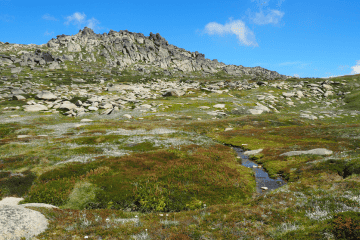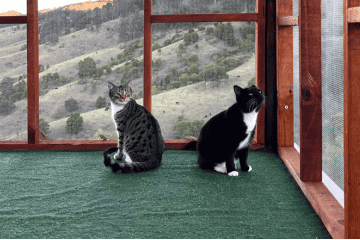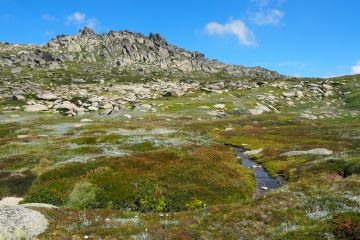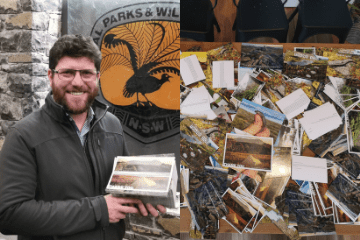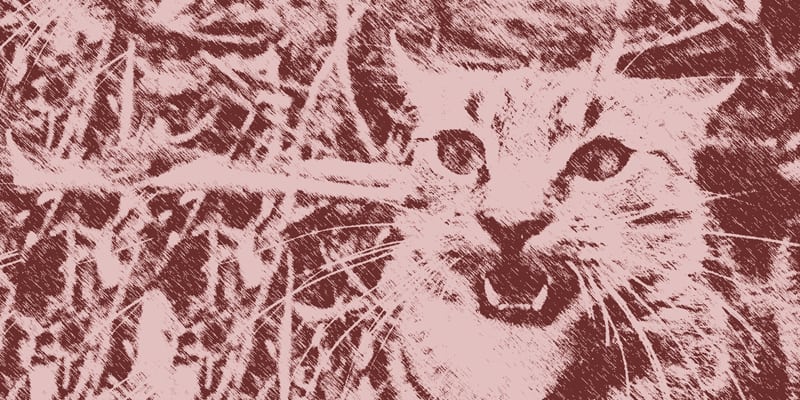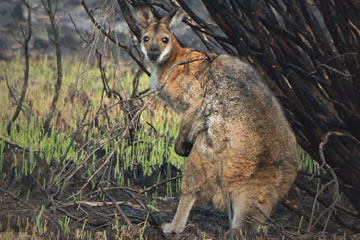
Deadly bird flu found to spread between mammals, raising risk to Australian sea lions, seals and dolphins
The Invasive Species Council, the Australian Marine Conservation Society and the Biodiversity Council are calling on Australia’s governments to urgently and collaboratively ramp up preparations for bird flu in wildlife.






